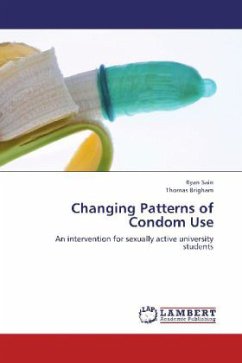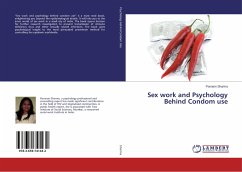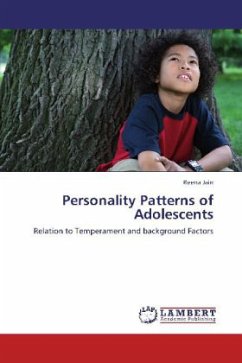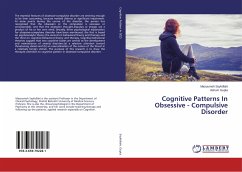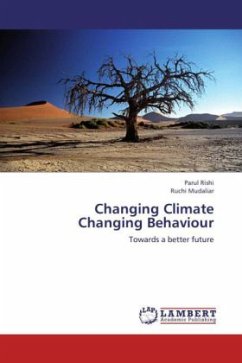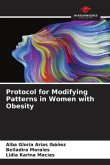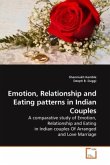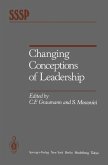Sexually transmitted diseases (STDs) continue to be a major problem in the United States. The Center for the Disease Control (CDC) estimates that more than 830,000 people were infected with Chlamydia in 2002 alone. Older adolescents and young adults are at highest risk for transmission and contraction of STDs. Research has shown that condoms are one of the most effective methods, other than abstinence, for preventing the spread of sexually transmitted diseases. However, other research has shown that condoms are still rarely used, especially among the highest risk populations. This study explores an intervention imbedded in a 16-week peer instructed course on sexual decision making skills. The intervention consists of identifying the specific risk of contracting an STD for the students and then presenting sexual behavior data from previous students. Data show a discrepancy between the level of risk and the level of safe sexual behavior being performed. Results of the study were mixed. Intervention groups increased their intentions to test and actual testing for STDs. Independent of condition, unprotected sex acts significantly decreased across the semester.
Bitte wählen Sie Ihr Anliegen aus.
Rechnungen
Retourenschein anfordern
Bestellstatus
Storno

